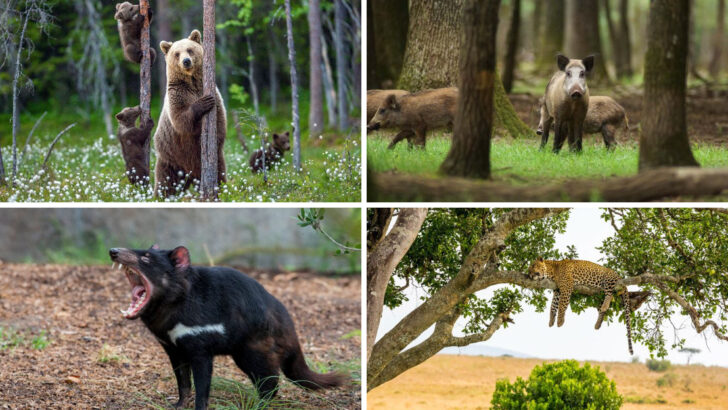Some trails come with breathtaking views. Others come with teeth, claws, and venom.
Think you’re alone out there? Think again.
From silent predators lurking in the brush to creatures that look harmless—until they’re not—nature doesn’t play by hiking trail etiquette.
One wrong turn, one crunchy leaf, one curious glance, and suddenly, you’re sharing the woods with something that sees you as a threat… or lunch.
Before you lace up those boots, get familiar with the 19 animals you don’t want to bump into while hiking.
Knowledge might just save your life—or at least your legs.
Grizzly Bear
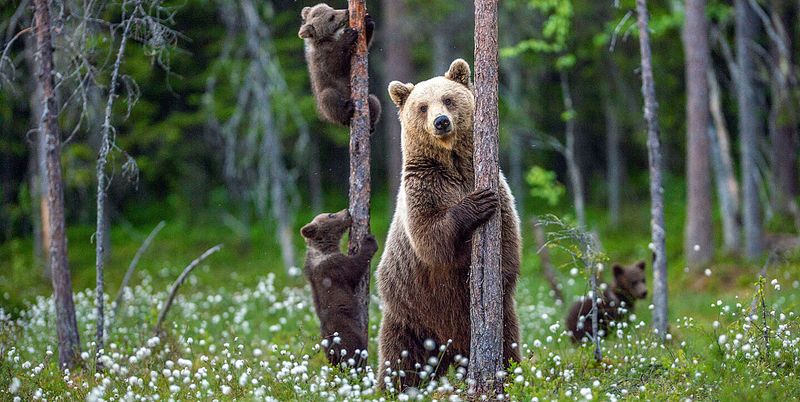
With a heart-pounding roar and towering presence, the grizzly bear is a true force of nature. These majestic creatures can weigh up to 800 pounds and have claws as long as human fingers. Encountering one on a trail can be equally awe-inspiring and terrifying.
Often found in North American forests, grizzlies are best admired from a distance. If you happen upon a grizzly, it’s crucial to remain calm and avoid sudden movements.
Did you know? Grizzly bears have a keen sense of smell, capable of detecting scents from miles away. Always secure your food properly!
Mountain Lion
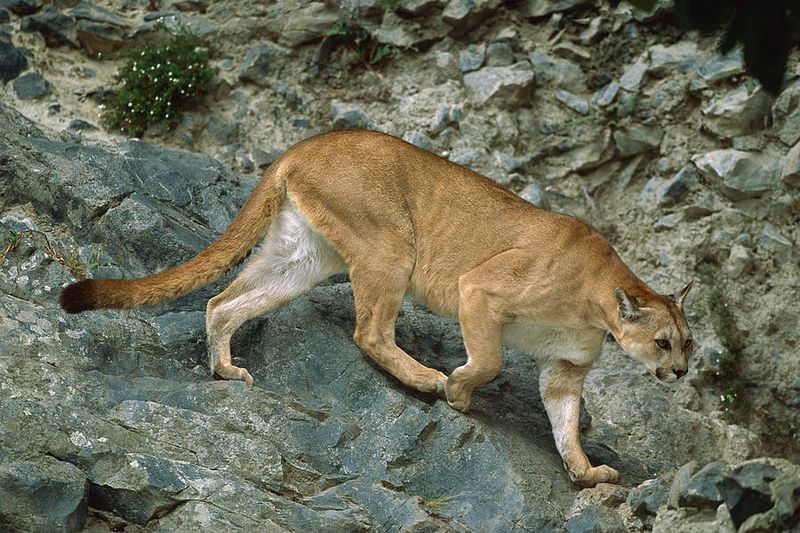
Known for their silent stalking, mountain lions are apex predators in the wilderness. These solitary cats can leap astonishing distances, making them effective hunters of deer and other animals.
Their tawny fur blends seamlessly with the rocky terrain, offering them a perfect hideout. If you face a mountain lion, maintain eye contact and appear larger by raising your arms.
Fun fact: Despite their powerful build, mountain lions are excellent climbers and can ascend trees with the grace of a ballet dancer. Stay vigilant in their territory!
Rattlesnake
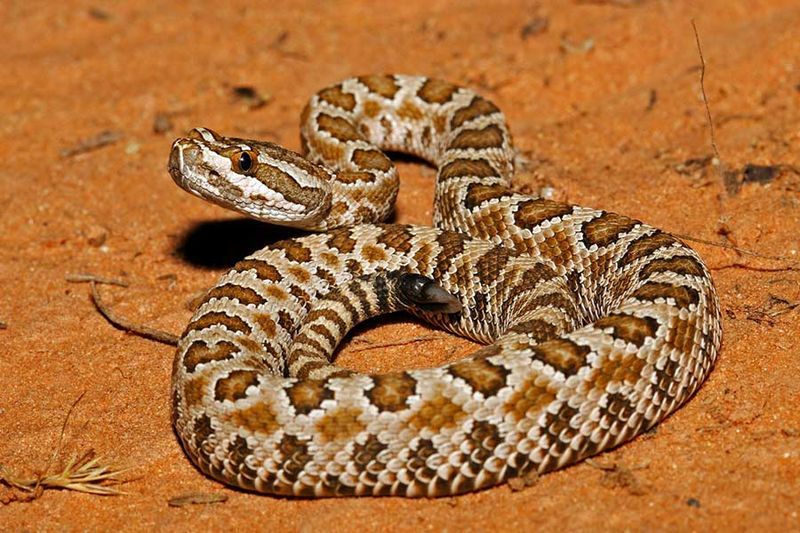
With a chilling rattle, the rattlesnake warns of its presence. Found in arid regions, these venomous snakes can deliver a potent bite if provoked. Their diamond-shaped heads and patterned skin provide natural camouflage amidst desert landscapes.
When hiking in snake territory, watch where you step and listen for their distinctive rattle.
Interesting tidbit: Rattlesnakes can control the amount of venom they inject, reserving it for when they truly need it. Always keep a safe distance and never attempt to handle one.
Black Widow Spider
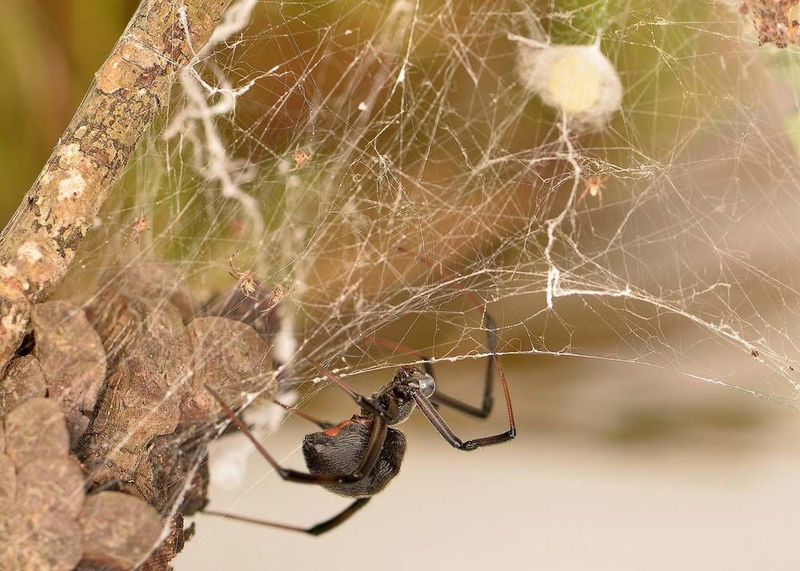
With a venomous bite and a glossy black body, the black widow spider is a creature to respect. Commonly found in dark crevices, they spin silky webs to ensnare their prey.
Their venom is potent, but bites are rarely fatal to humans. If bitten, seek medical attention promptly.
Did you know? The female black widow is notorious for occasionally consuming her mate after reproduction, a behavior that has captured imaginations for centuries. Always check your tent and gear for these stealthy spiders!
Wild Boar
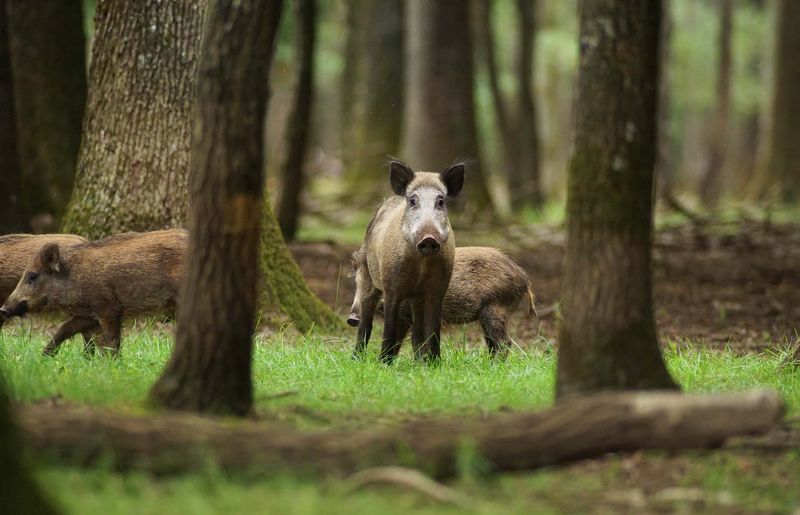
With bristly fur and sharp tusks, wild boars are formidable opponents in the wild. Often seen in forested areas, they forage tirelessly and can charge if threatened.
Their unpredictable nature makes them particularly dangerous, especially when protecting their young. Always keep a safe distance and avoid sudden movements.
Intriguingly, wild boars have been known to crossbreed with domestic pigs, leading to feral hybrids with increased aggressiveness. Whether alone or in groups, they’re best observed from afar.
Bison
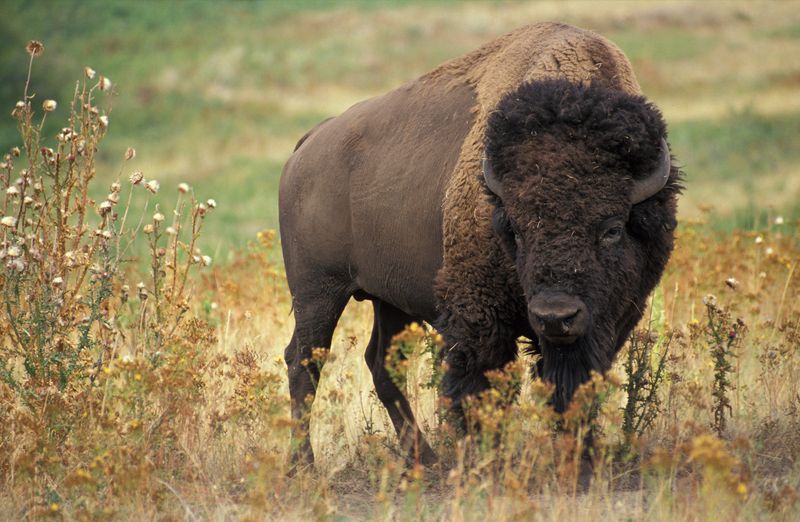
With a hulking frame and a gentle gaze, bison seem almost docile – until provoked. These giants can weigh over a ton and reach speeds of 35 mph when charging.
Often spotted in national parks, bison are best viewed from a safe distance. Despite their size, they’re surprisingly agile and can jump fences with ease.
A fun fact: Bison are the largest land mammals in North America, a symbol of the Great Plains. Remember, they may appear calm, but they deserve your respect and space.
Moose
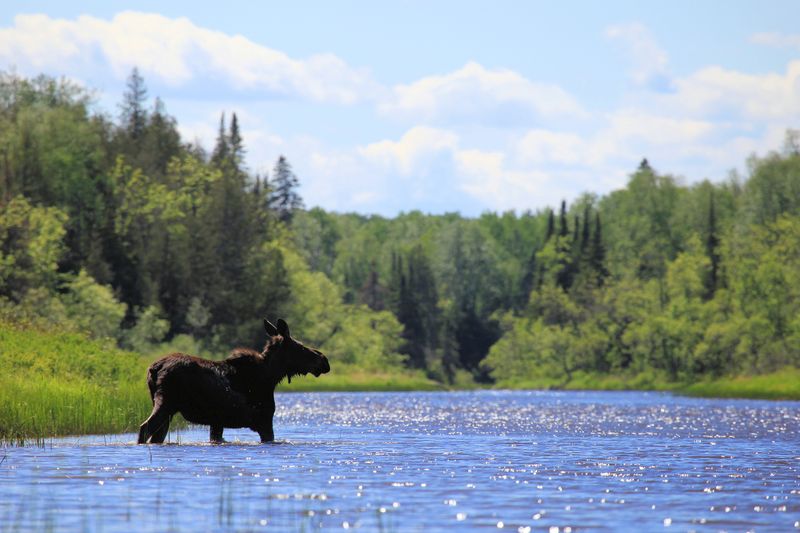
With gangly legs and impressive antlers, the moose is a sight to behold. Found in northern forests, these solitary herbivores can be surprisingly aggressive during mating season.
If you encounter a moose, give it plenty of room. Their massive size and speed make them formidable, especially if they feel trapped.
Did you know? Moose are excellent swimmers and can dive up to 20 feet underwater in search of aquatic plants. Always admire them from a distance, particularly near water sources.
Alligator
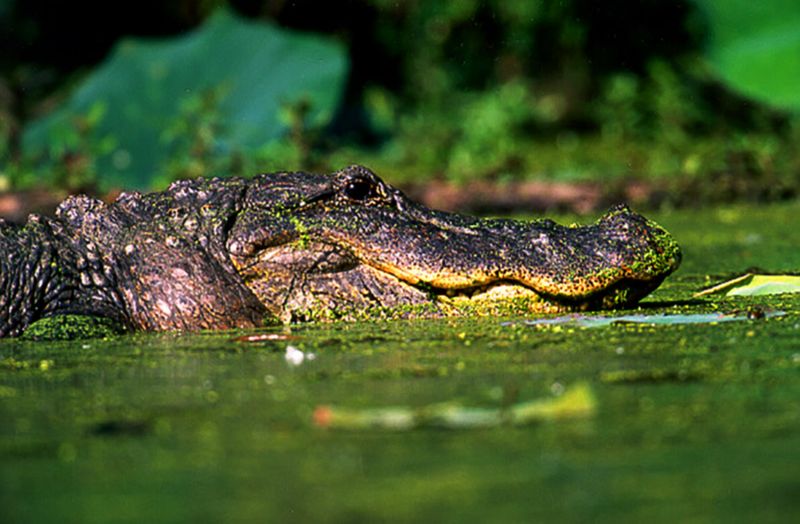
With prehistoric features and a powerful bite, alligators evoke both fear and fascination. Common in southern wetlands, these reptiles can remain hidden beneath the water’s surface, waiting patiently for prey.
If you find yourself near alligator territory, stay alert and keep away from the water’s edge.
A remarkable fact: Alligators can regrow lost teeth, going through thousands in their lifetime. This adaptability has helped them survive for millions of years. Always maintain a respectful distance and enjoy their ancient allure from afar.
Polar Bear
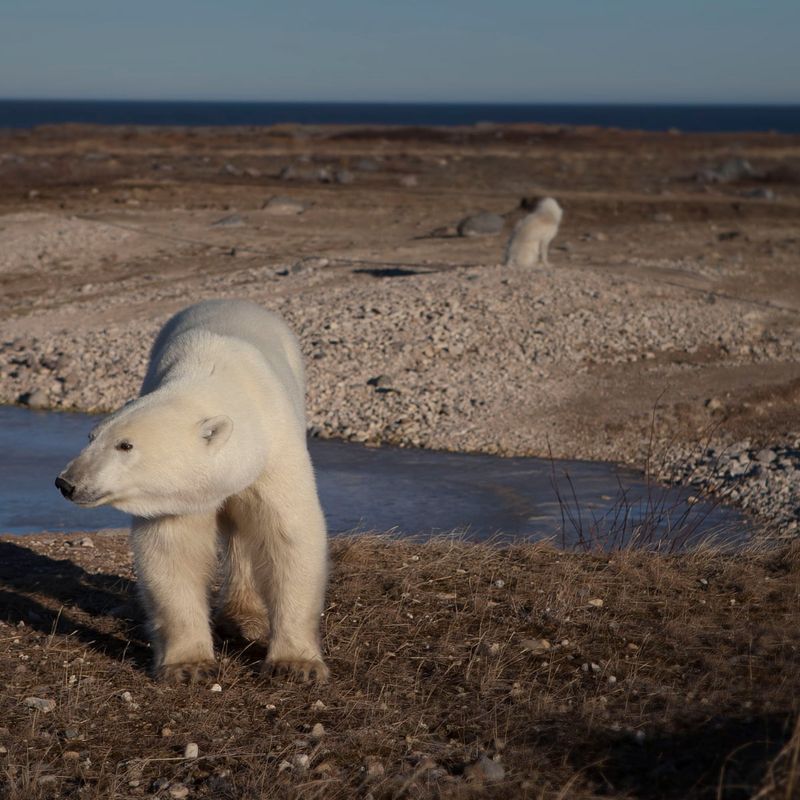
The polar bear, with its thick white fur and massive paws, rules the Arctic wilderness. These apex predators are powerful swimmers, capable of traveling long distances across the icy waters.
Though seemingly cuddly, polar bears are fiercely territorial and can be aggressive when approached. If you venture into their icy domain, carry bear spray and stay vigilant.
Interesting tidbit: Polar bears have black skin beneath their fur, helping to absorb heat from the sun. Their stunning appearance is matched only by their formidable nature.
Cape Buffalo
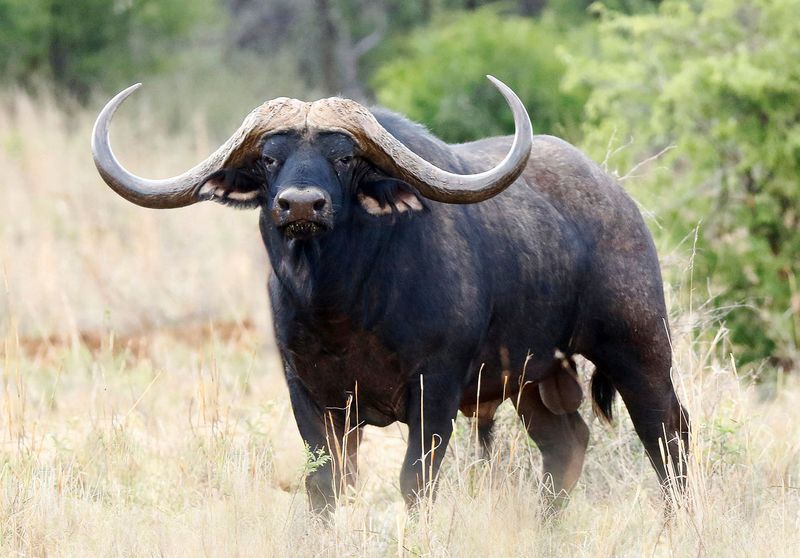
With a sturdy build and an unyielding stare, the Cape buffalo is not one to be underestimated. Found predominantly in African savannahs, these animals are known for their unpredictable temperament and protective nature.
They often travel in large herds, ready to defend one another against threats. If you spot a Cape buffalo, give it a wide berth.
A fascinating fact: Cape buffaloes have excellent memories and can recognize past threats, making them one of the most dangerous animals in Africa. Always observe from a safe distance.
Leopard
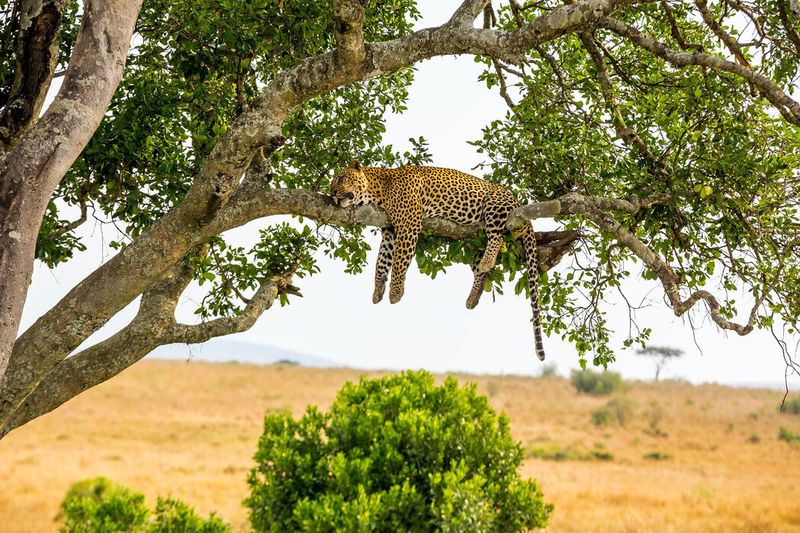
With a stealthy grace and powerful build, leopards are the ultimate ambush predators. These solitary cats are adept climbers, often hauling prey high into trees to keep it away from scavengers.
Distinctive rosettes on their fur provide excellent camouflage in their natural habitat. If you’re hiking in leopard territory, remain aware of your surroundings.
Did you know? Leopards are incredibly adaptable, thriving in diverse environments from dense jungles to arid deserts. Their versatility makes them both fascinating and formidable.
Komodo Dragon
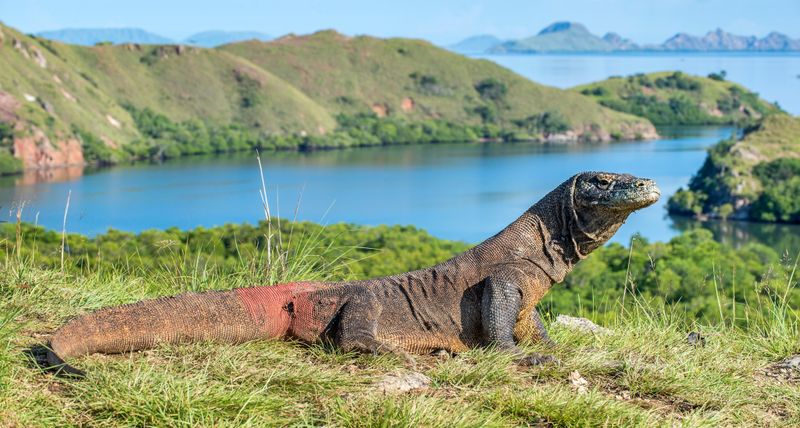
With an ancient lineage and a fearsome reputation, the Komodo dragon is a true marvel of evolution. These massive lizards can grow over 10 feet long and have a venomous bite that weakens prey.
Native to Indonesia, they often stalk their victims patiently, waiting for the perfect moment to strike.
Intriguingly, Komodo dragons can reproduce through parthenogenesis, a process where females produce offspring without mating. This remarkable ability ensures their survival in isolated environments. Always admire these creatures from a respectful distance.
Hyena
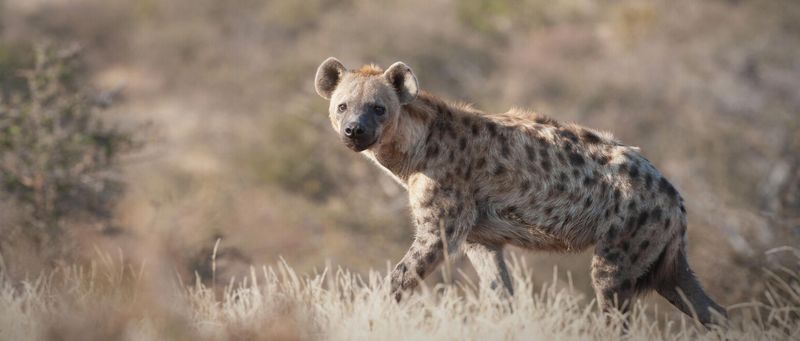
With an eerie laugh and cunning nature, hyenas are often misunderstood scavengers. These social animals live in complex hierarchies, led by dominant females.
Their powerful jaws can crush bones, allowing them to feast on nearly every part of a carcass. If you encounter hyenas in the wild, it’s best to remain cautious and observe from a distance.
Fun fact: Hyenas are more closely related to cats than dogs, despite their dog-like appearance. Their unique vocalizations and social structures make them fascinating subjects of study.
Wolverine
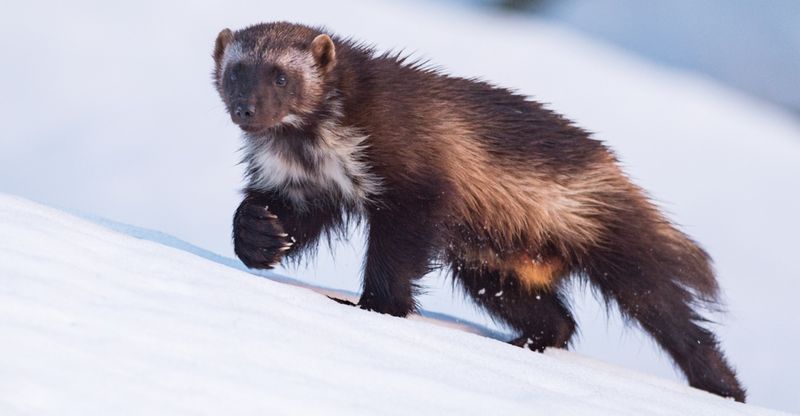
The wolverine, with its stocky build and insatiable hunger, is a force to be reckoned with. These solitary creatures roam vast territories in search of food, often taking down prey much larger than themselves.
Their powerful jaws and sharp claws make them fearsome predators, capable of fending off wolves and bears. If you cross paths with a wolverine, give it space and respect its tenacity.
Did you know? Wolverines can travel over 15 miles in a single day, exhibiting incredible endurance and resilience. Their survival skills are legendary.
Saltwater Crocodile
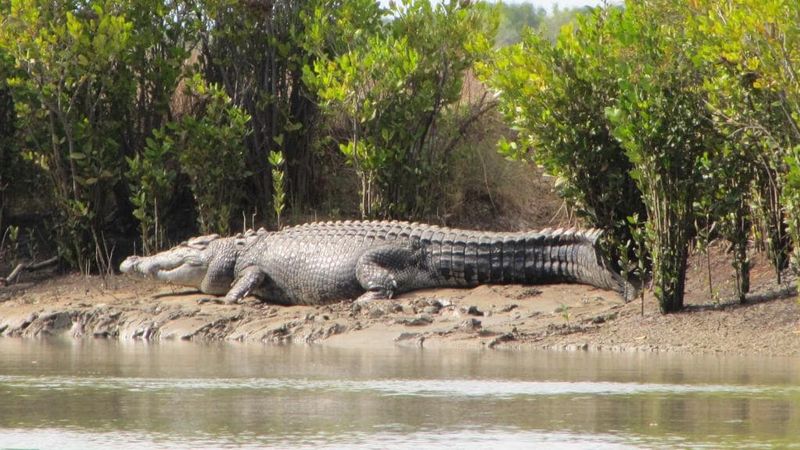
With a prehistoric presence and a mighty bite, the saltwater crocodile is the ultimate aquatic predator. These reptiles can grow over 20 feet long and are found in coastal regions across Southeast Asia and Australia.
If you venture near their habitat, stay alert and steer clear of the water’s edge.
Interesting fact: Saltwater crocodiles have the strongest bite force of any living animal, capable of crushing bones with ease. Their stealth and power make them both fascinating and fearsome.
Elephant
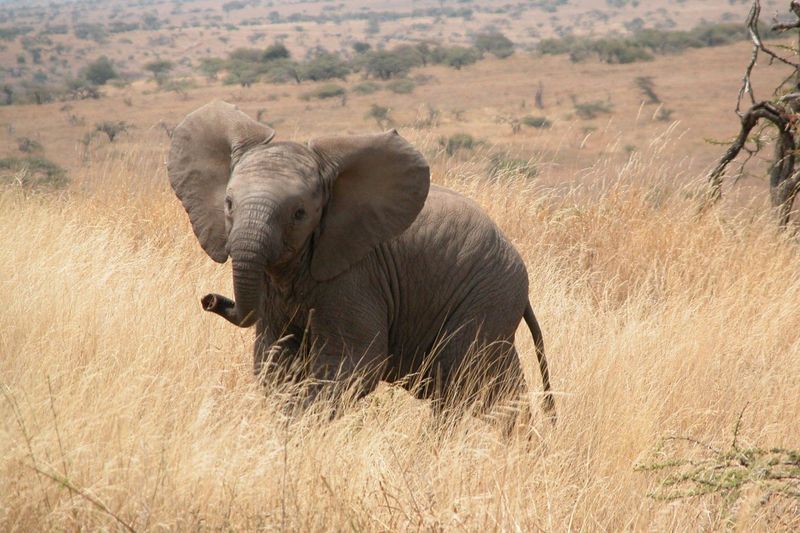
With towering height and gentle demeanor, elephants are icons of the animal kingdom. Despite their generally peaceful nature, they can become aggressive if threatened or protecting their young.
Found in African and Asian habitats, elephants are best admired from a distance. Their intelligence and strong social bonds make them captivating creatures.
Did you know? Elephants have exceptional memory and can recognize individuals even after decades apart. Their complex emotions and behaviors continue to intrigue researchers worldwide. Always respect their space and observe responsibly.
Skunk
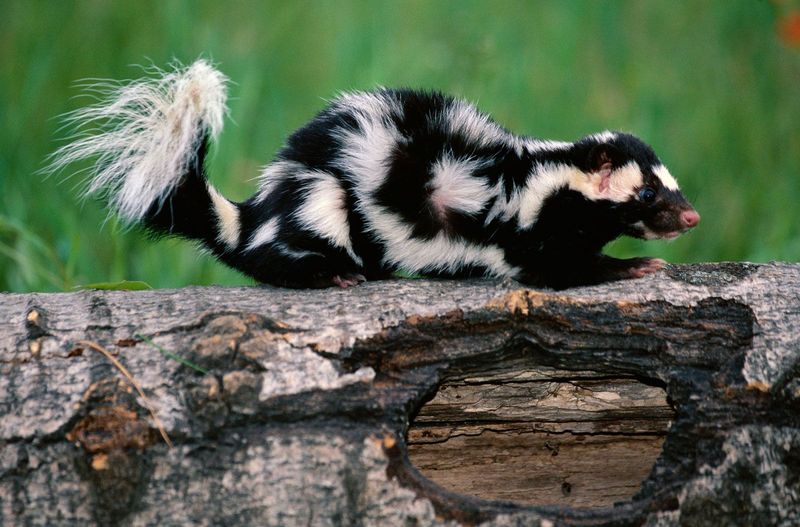
With a signature scent and bold stripes, skunks are notorious for their potent defense mechanism. These small mammals are generally non-aggressive but will spray a foul-smelling liquid if threatened.
If you encounter a skunk, back away slowly and avoid startling it.
A quirky fact: Skunks are immune to snake venom and will often prey on rattlesnakes. Their fearless attitude and adaptability make them fascinating creatures of the night.
Tasmanian Devil
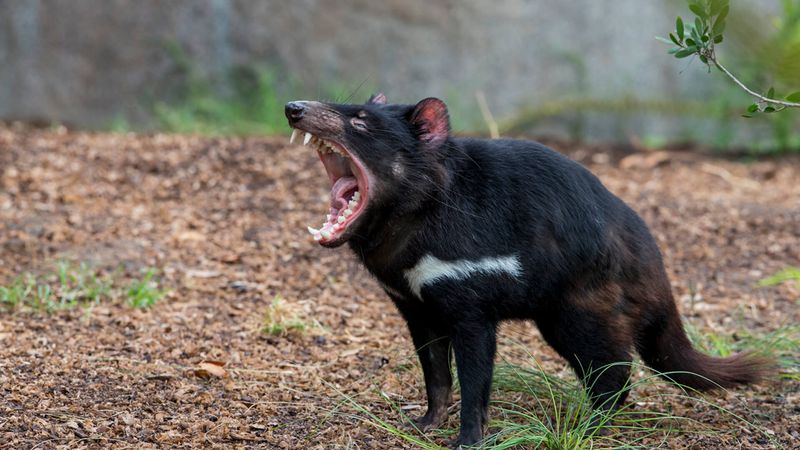
With a feisty temperament and powerful jaws, the Tasmanian devil is a small yet formidable predator. Native to Tasmania, these marsupials feed primarily on carrion, using their keen sense of smell to locate meals.
Their vocalizations can be intimidating, but they pose little threat to humans unless cornered.
Did you know? Tasmanian devils are the largest carnivorous marsupials, with a unique ability to consume bones and fur. Their role as nature’s clean-up crew is vital to the ecosystem.
Wolf
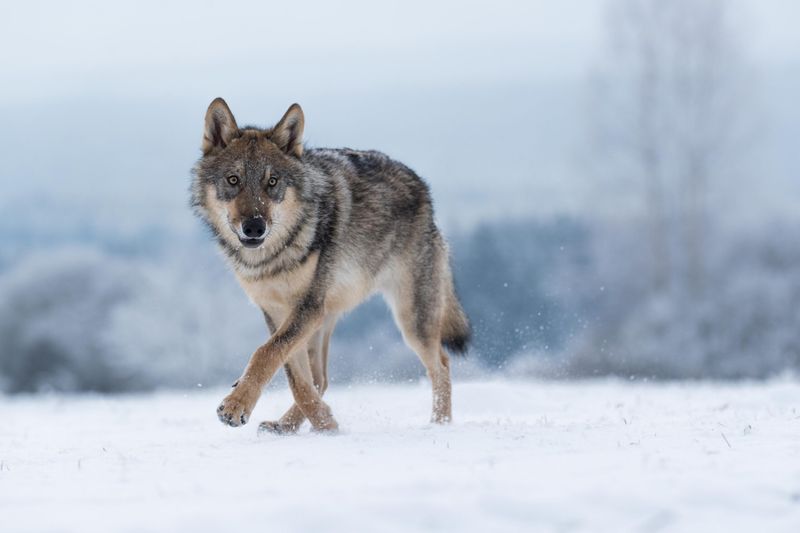
With a haunting howl and pack dynamics, wolves capture the imagination of many. These intelligent predators roam forests and tundras, hunting in coordinated groups.
Wolves are generally wary of humans and prefer to avoid contact. If you encounter a wolf, remain calm and slowly back away.
Fun fact: Wolves have a complex social structure, with alpha leaders guiding the pack. Their communication skills and teamwork are legendary, reflecting a deep bond within the group.

